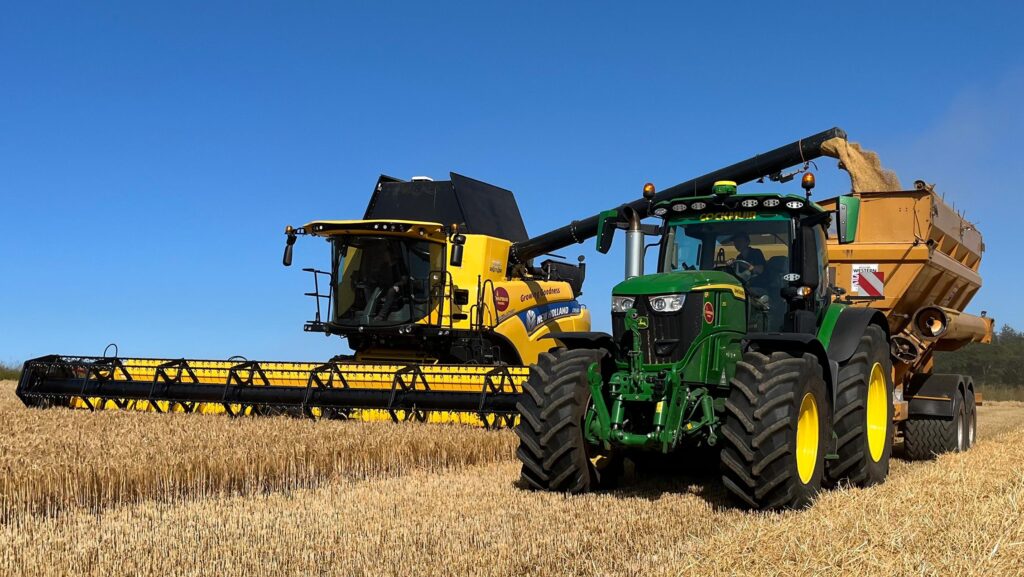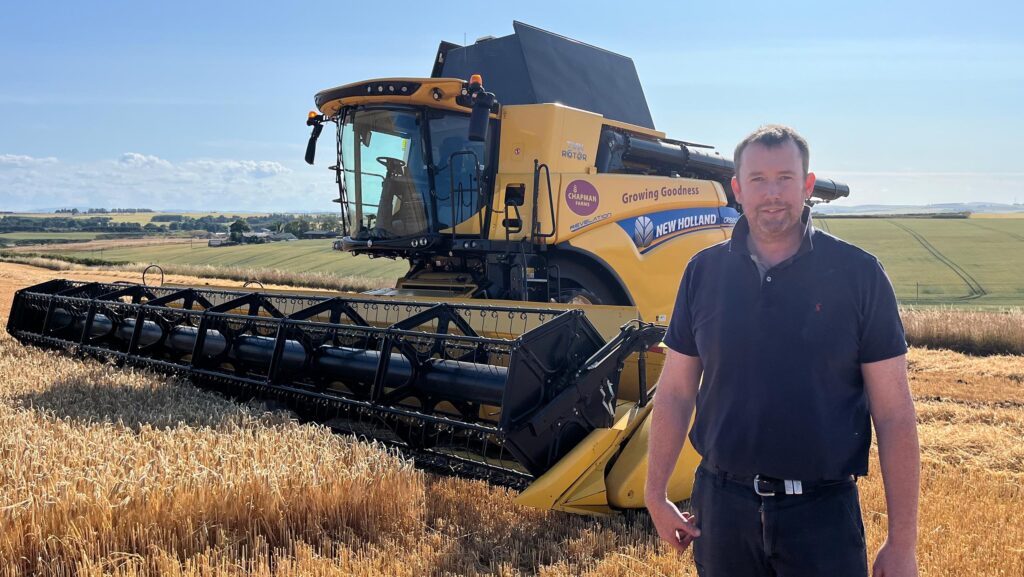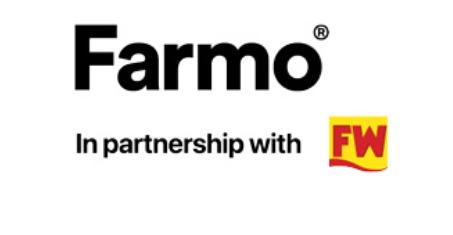Top UK egg producer shares why harvest remains special
 © Farmlay
© Farmlay Harvest at one of the UK’s best-known egg producers, Farmlay Eggs in Aberdeenshire, is well under way.
Iain Chapman, managing director of the family business, which has a turnover of £40m/year, shares why harvest remains such a special time.
“It is my favourite time of year. Being up in the combine really is my happy place.
“I always like to do a bit where I can,” he says.
“Anybody who has ever done a harvest season will understand that there is nothing to beat it, especially when you’re working with a great team like we have.”
See also: Video: Kent Grower trials Case IH’s new AF10 combine
One million hens
The Chapman family farm 1,000ha near Strichen, Aberdeenshire, growing 800ha of cropping made up of winter and spring barley, winter wheat and oilseed rape.
The Farmlay business owns a total of 450,000 laying hens and there are a further 550,000 hens supplying eggs through contract producers.
Keeping this many hens fed is no small task, with Farmlay’s feed requirement totalling 450t of finished feed a week.
This is made up of 300t of wheat and 100t of barley every week.
The remainder is made up of soya, limestone granules and rape meal.
The firm’s ration is mixed daily by nutritionists Harbro using one of its mobile milling units.
Any additional cereal needed on top of the Chapman’s acreage yields is bought in from farms within a 20-mile radius.
“We have several agreements with local farmers, be it buying in some grain or providing some hen muck in return for grain, thus helping other arable farmers to reduce use of artificial fertilisers and increase organic matter.
“It’s important to us that we know where all the raw materials that are going into our feed come from,” explains Iain.
The family plan to significantly increase numbers of both flocks over the next 12 months.

Iain Chapman © Farmlay
With the average laying hen eating 125g of feed in a day it’s important that – with a 63g egg to lay – every grain is of the highest nutritional quality.
“Growing our own grain and only buying in from trusted neighbouring farmers gives the hens the best possible diet, helping them to produce the best possible eggs.”
“One other arrangement we have is selling our oilseed rape to a local contact who cold presses it to extract the oil to sell to retail, and we receive the bi-product rape meal back. It’s great stuff for replacing some of the soya.
Of course, from a sustainability point of view, we try and reduce soya inclusion in our rations, but it’s easier said than done as it’s such a good protein source.”
Cropping regime
“We pretty much plough everything,” says Iain.
“We want a nice clean seed-bed and don’t want to use too much herbicide for weed control.
“We were lucky enough to get some rain at the end of May and beginning of June, so our crops haven’t been as stressed as some,” reflects Iain.
Poultry muck has played more than its fair share in getting wheat yields up to a typical average of 10t/ha over recent years.
“Germination was a bit patchy in places, but I think because of the good soil fertility – not only through hen muck but also the cattle manure – the crops are putting down good, deep roots which help them survive droughty times.”
Ideally, Iain would like to increase cattle numbers from 230 to 250 head.
They are mostly made up of Simmental cows, crossed to a Charolais bull.
“The cattle muck does a completely different job to hens’, bringing depth to the soil rather than just nutrients.”
Harvest team
The farm runs two New Holland combines with 35ft headers.
A 1MW biomass boiler is being put to good use when it comes to powering the grain dryer.
Among this year’s grain carting crew will be 18-year-old Sophia Gibb, the daughter of the the farm’s manager, John Gibb.
“Sophia is training to be a vet and has been helping at harvest time for a couple of years now,” says Iain.
“We have a fantastic team here and I am extremely grateful for the extra effort everyone puts in at harvest.”
Farmlay history
Iain’s father, Robert, left school at 15 with the ambition of owning 100,000 hens and 1,000 acres of farmland.
When he passed over the reins as managing director to Iain in December 2023, the business owned 450,000 hens and 2,500 acres of land – a nearly 20-fold increase from the 130 acres he started out with.
These numbers will continue to grow as the business has significant growth in its sights.
Father-of-three Iain is the first to admit the demands of running such a large-scale business make it a struggle to get out into the fields as much as he would like.
“Although Farmlay has grown so much, both my dad and I would say we are still farmers at heart and that’s why harvest will always be such a special time for us as a family,” concludes Iain.

